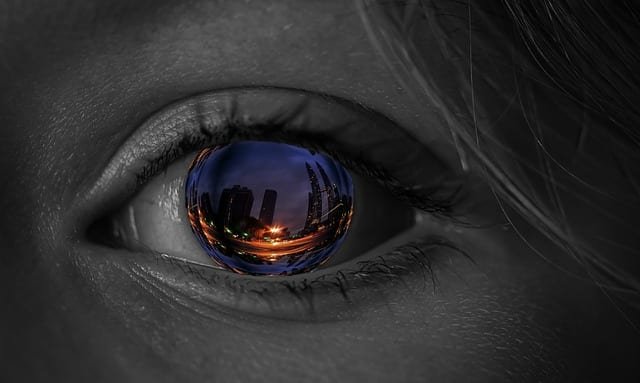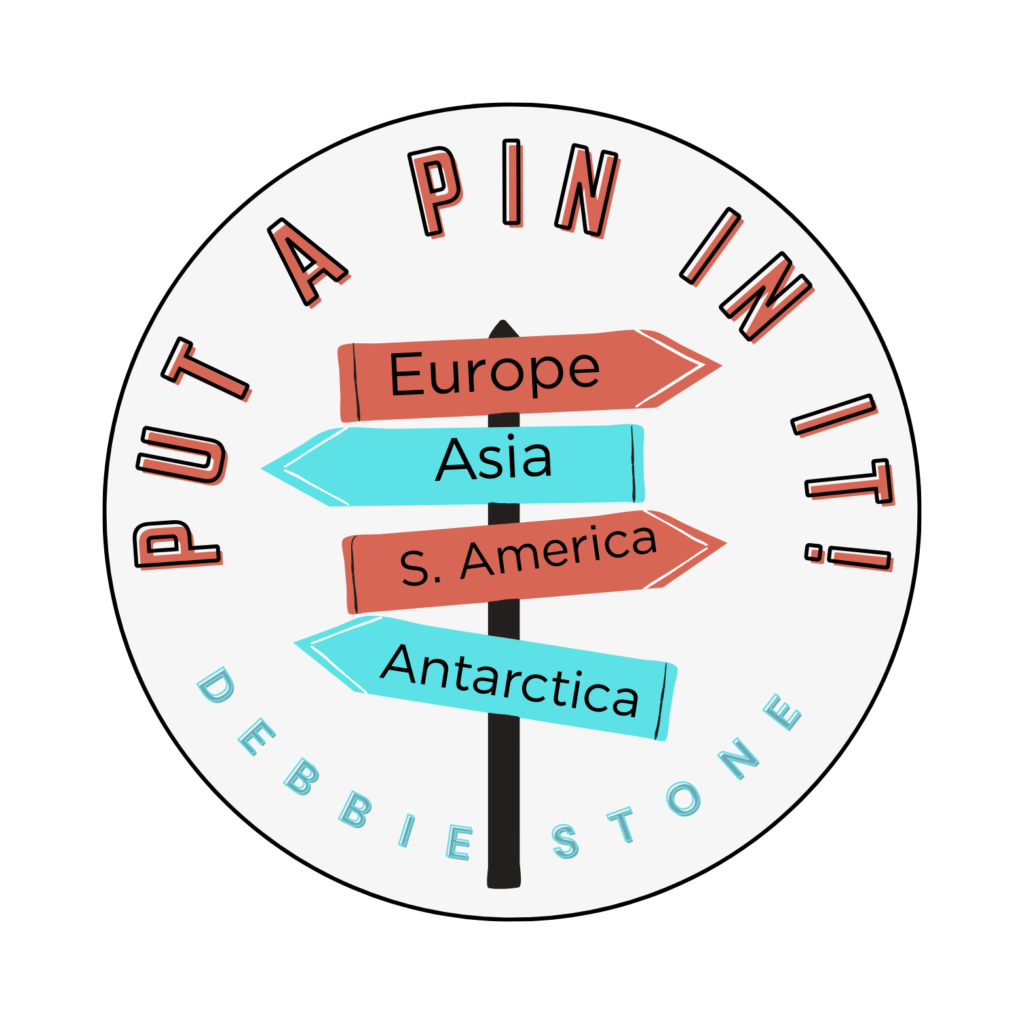By Ian Pearson
Spring has finally started showing its colors and people are already thinking about vacations and making travel plans. We book tickets, chose lodgings, plan the itinerary and work on a list of supplies we should bring with us. We plan a number of clothes we’ll need to account for various types of weather and bring additional medication in case we ever need them. But do we all take the proper steps in order to ensure our eyes remain healthy while traveling? If the answer is no, then read on if you wish to find out more about the most common eye symptoms and how to deal with them as you travel around.

Redhead Globe Female Road Girl World Summer
Sun Exposure
Before we even talking about eye problems, first we need to mention that exposure and overexposure to the sun can lead to an increased risk of developing cataracts, macular degeneration, and even eye growths which may not be benign. Our eyes aren’t exposed to the sun only during the summer months, sun reflecting off the snow during the winter can also be quite harmful. Make sure you’re wearing sunglasses with a high UVA and UVB index or a hat with a broad brim. Be especially careful in the period between 10 am and 2 pm, this is when sun exposure is at its peak and its rays pass even through the clouds.
Dry Eyes
Dry eyes are the most common symptom people experience when traveling. It mostly occurs in areas with low humidity, outside and indoors. This is particularly frequent it airplanes, buses and hotels, as the air conditioning systems and heating drain all the moisture from the surrounding air. Dry and windy climates like deserts or mountains might also cause dry eyes since the low-humidity environment makes our tears evaporate quickly. Some of the tips for combating dry-eye related irritation include:
- Artificial tears and similar easily available over-the-counter solutions. You should stay away from artificial tears which have preservatives or chemical which constrict the blood vessels.
- Air humidifiers add moisture to the air, so make sure to ask for one in your hotel room.
- Sunglasses which sit close to your face are recommended in dry and windy situations, including wrap-around glasses and those which have side shields.
- Turn off the AC or lower the heating setting when you’re staying in a hotel room, especially before going to bed.
Itchy Eyes
The most common reasons for experiencing itchy eyes are allergic reactions and conjunctivitis. We experience allergies when our immune system detects and reacts to an allergen, like pollen. Even if you think you’re not allergic to pollen, chances are that while traveling you’ll get exposed to various new plant types and irritants which can lead to an allergic reaction. If you happen to suffer from allergies, then you might try getting some over-the-counter oral antihistamines or eye drops which relieve itchiness.
Conjunctivitis (pink eye)
This is a fairly common condition, which affects the eye’s inside lining. Symptoms include red or pink eyes, as well as puffiness and swelling around the eye. There are three main conjunctivitis types: allergic, bacterial and viral. The viral one is particularly contagious, but it does clear up completely within a couple of weeks since contraction. Bacterial conjunctivitis mostly affects young children and lasts around two or three weeks. If the conjunctivitis is allergic, then you might want to invest in some antihistamines.
Sticky eyes
Whether you’re experiencing sticky eyes as a part of conjunctivitis or as a separate issue, the best solution is to wash your eyes with warm water, preferably using absorbent cotton. You might also want to get your hands on antibiotic eye drops and artificial tears, which should help clear the pesky infection. Another cause behind sticky eyes may be a blocked tear duct. If that is the case, make sure to keep the eye clean and wipe away any drainage from the inner to the outer part of your eye.
Swollen eyes
There are numerous causes of eye swelling and the slightest of inflammations can quickly progress into something which looks horrific, especially if you insist on rubbing it. It could be an allergic reaction to bee or mosquito sting or the swelling can manifest itself in a form of a tender small bump called a hordeolum or stye. General swellings of the eye are best treated by applying a cold, wet, soothing compressor a face cloth. Warm cloths work best for stye, simply run the cloth under warm water and make sure to change it frequently.
Various weather conditions we experience while traveling and sun exposure, in particular, can change the appearance of our eyelids, making them drop down and become saggy. If this happens the be the case, the leading eye experts advise that you consult your doctor and if necessary, perform blepharoplasty or eyelid surgery. This procedure helps remove the loose, sagging skin which not only creates folds which disrupt the eye’s natural contour but can also obscure or completely block the person’s vision.
If you already have recurring issues with eye health, then it may be best to check with your physician regarding any traveling you might be doing in the future. Invest in high-quality UV-protective sunglasses, especially if you’re going to be visiting places where the sun is going to be reflected off snow and water. Finally, avoid wearing contact lenses if you’re experiencing any eye-related problems and during flights which are longer than three or four hours.
Images are labeled for reuse by Google
Author: Ian Pearson
If you would like to submit a guest post on food, wine or travel to Where and What in the World, I would be happy to feature your travel experience , drink, special wine tasting, or family or simply delicious recipe. If you go to submission tab, you will see how to submit, as well as have the opportunity of telling me if you would like to would like to be a regular contributor. When uploading a file for submission, you are also able to upload jpegs. Please feel free to put a last paragraph about you and a link to your profile. No html please. You can also include a head shot.













